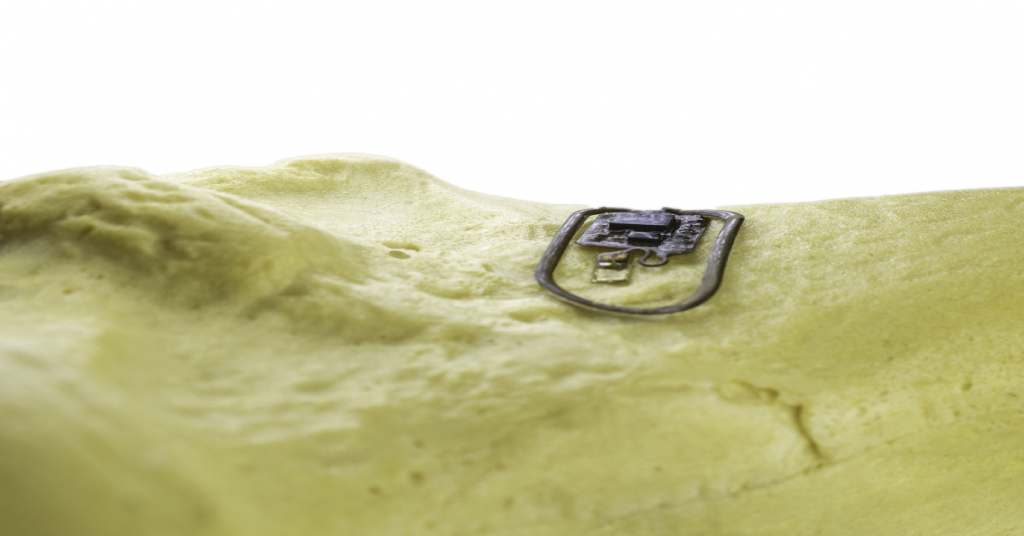It could someday help physicians monitor bone health and healing over long periods

American university develops ultra-thin ‘computer on the bone’. Source: news.arizona.edu
A team of University of Arizona researchers has developed an ultra-thin wireless device that grows to the surface of the bone.
Although not yet tested or approved for use in humans, the wireless bone devices could one day be used not only to monitor health, but to improve it, said study co-senior author Philipp Gutruf, an assistant professor of biomedical engineering and Craig M. Berge faculty fellow in the College of Engineering.
Because muscles are so close to bones and move so frequently, it is important that the device be thin enough to avoid irritating surrounding tissue or becoming dislodged, Gutruf explained.
We’ve reported that Reddit introduced new real-time features.
SEE ALSO:









